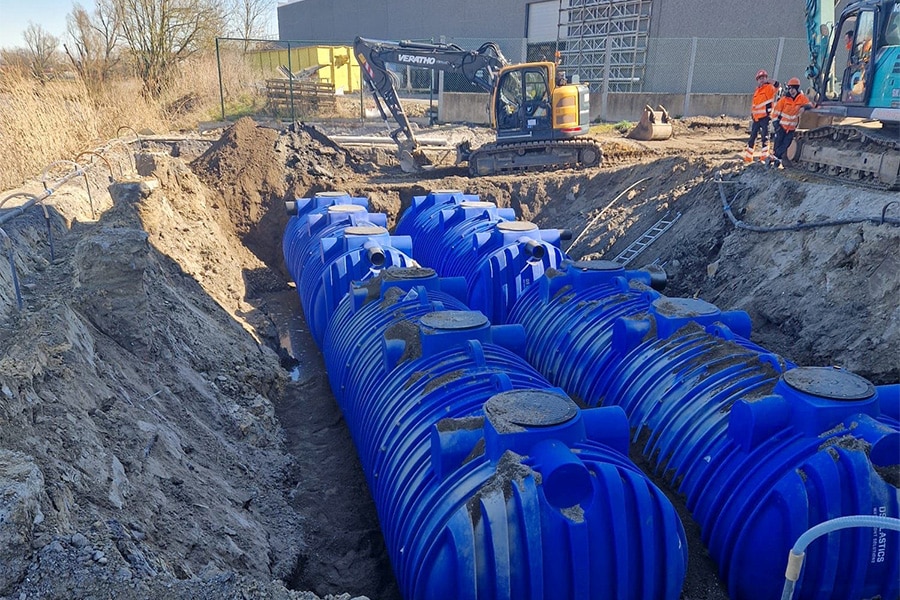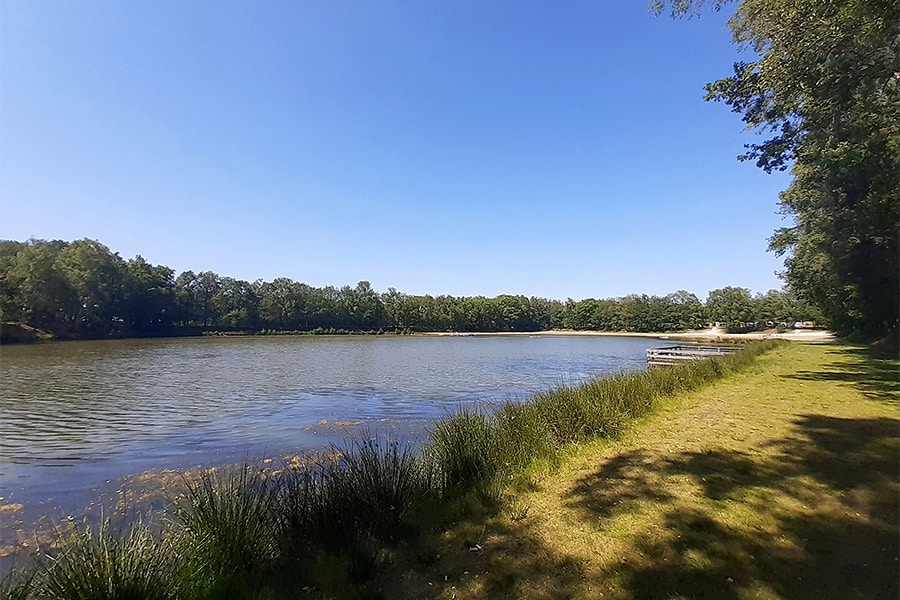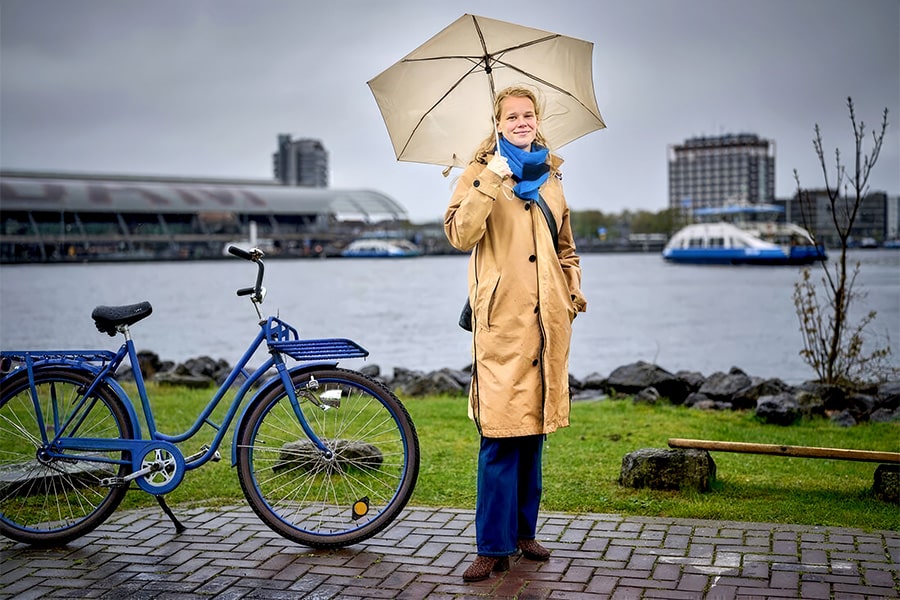
Flame arrestors protect underside service corridor during fire
To ensure that the service corridor in the middle tunnel channel of the Rottemer Tunnel in the A16 Rotterdam motorway remains intact in the event of a fire, Van der Aa Brandwerende applicaties has installed so-called flame penetration screens at the 21 emergency exits. Given the repetitive nature, the specialist in fire-resistant applications delivered the screens as prefabricated as possible from its workshop in Waalwijk.
Van der Aa has years of experience in engineering, supplying and installing fire-resistant applications. "We were asked by construction consortium De Groene Boog to fit the service corridor, which is made up of a steel grid floor, behind the 21 emergency exits in the middle tunnel canal with a flame penetration screen that remains intact for 120 minutes in the event of a fire," says Bart van der Rijt, project manager at Van der Aa fire-resistant applications. "This involves 10 meters to the left and 10 meters to the right of the emergency door in the middle tunnel channel between the two tunnel tubes. In this service corridor are all the cables and controls of the tunnel. The function of the flame-retardant screens is to maintain the service corridor, so that after any calamity the tunnel is quickly operational again."
Convenient custom packages
Van der Aa was responsible for both the engineering and installation of the 21 flame penetration barriers. "We initially built a mock-up of our proposed concept, consisting of Promatect-T cladding installed on an independent framework under the grid floor. The great advantage of a mock-up was that the client was given the opportunity to inspect things in advance and we could adjust the concept where necessary. So before construction started, everything was already in place," says Bart. "Given the repetitive nature - the middle tunnel channel is practically the same in terms of dimensions at those 21 positions - we prepared everything as much as possible prefabricated. That saved a lot of sawing and drilling work and thus dust nuisance in the tunnel. By delivering handy packages made to size and per location, the assembly time on the job was considerably reduced. But this was also a relief in terms of logistics. Because of this good preparation, the assembly went smoothly. We were able to follow the underlying schedule and the 'train' of De Groene Boog nicely."



